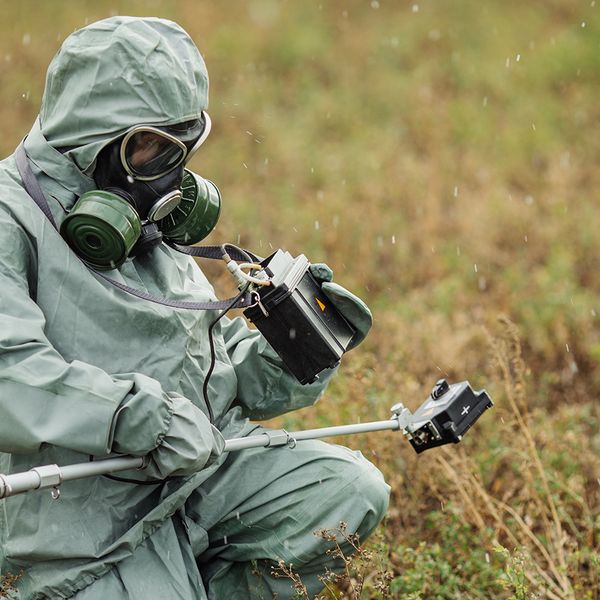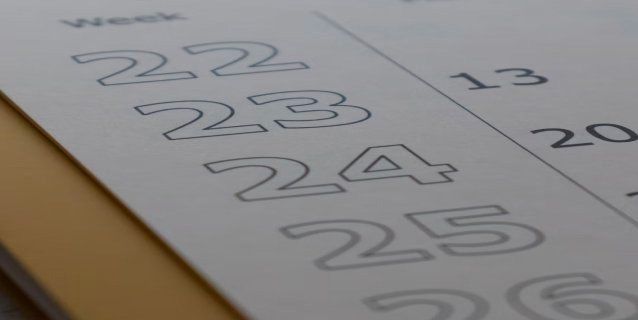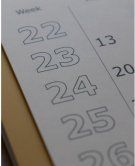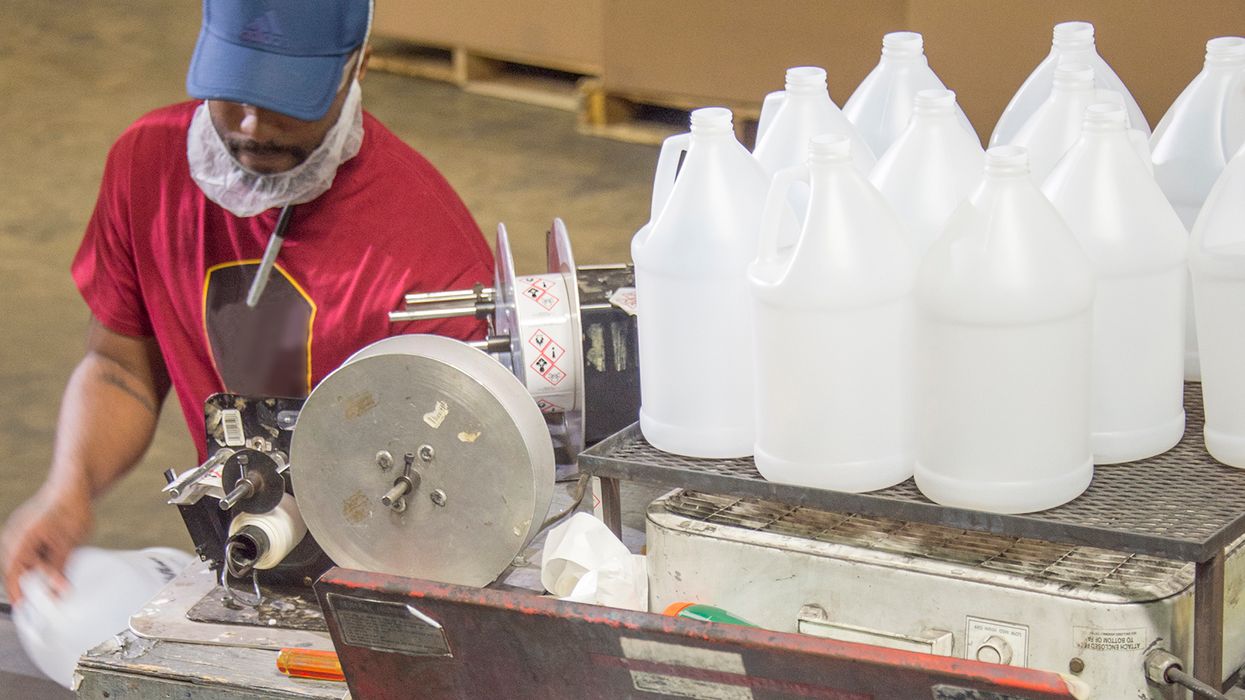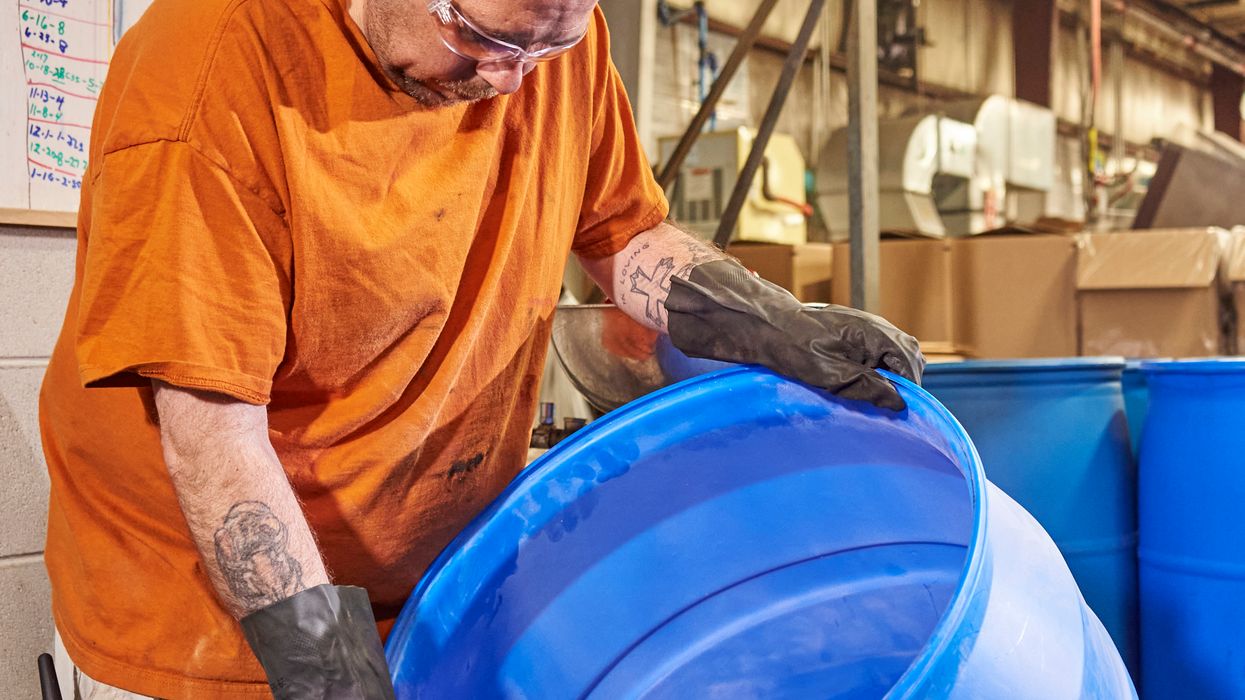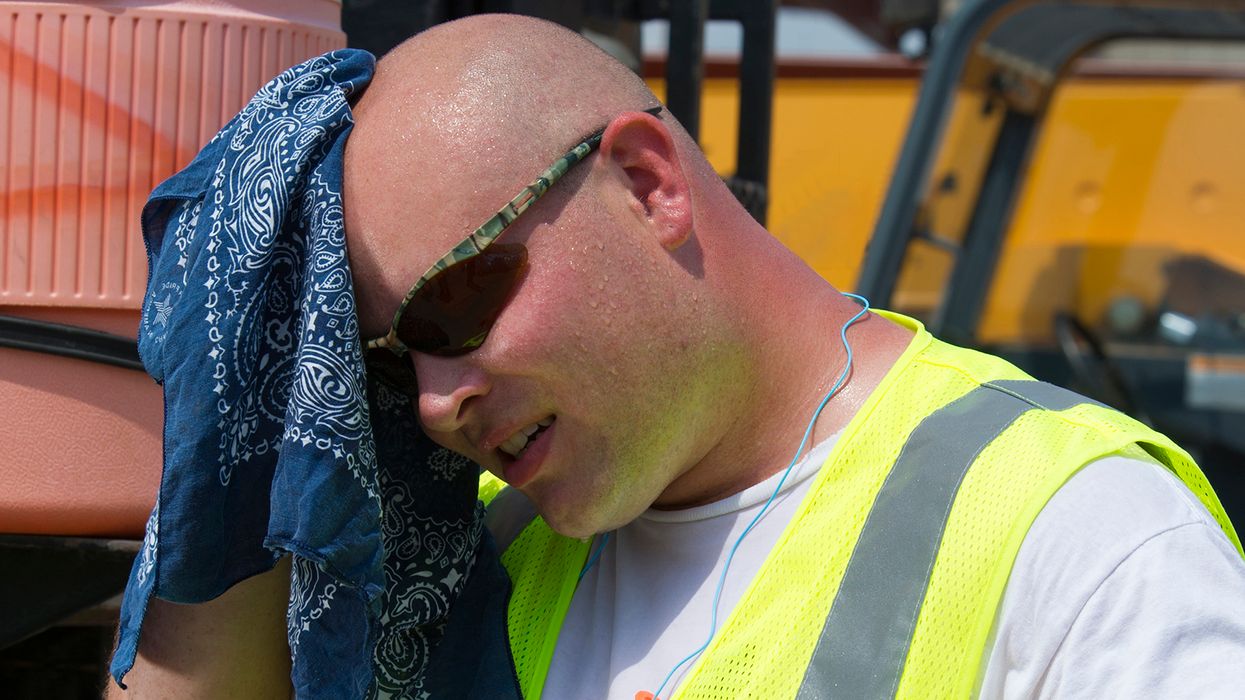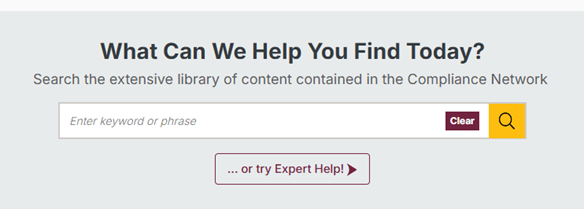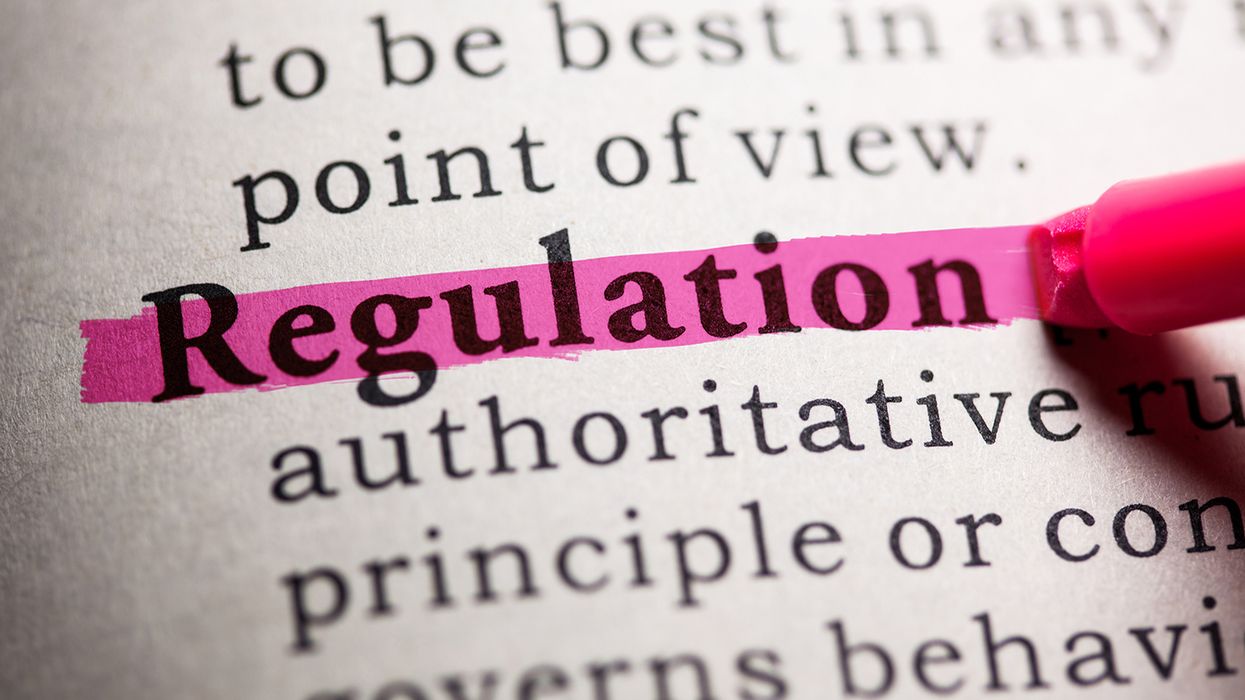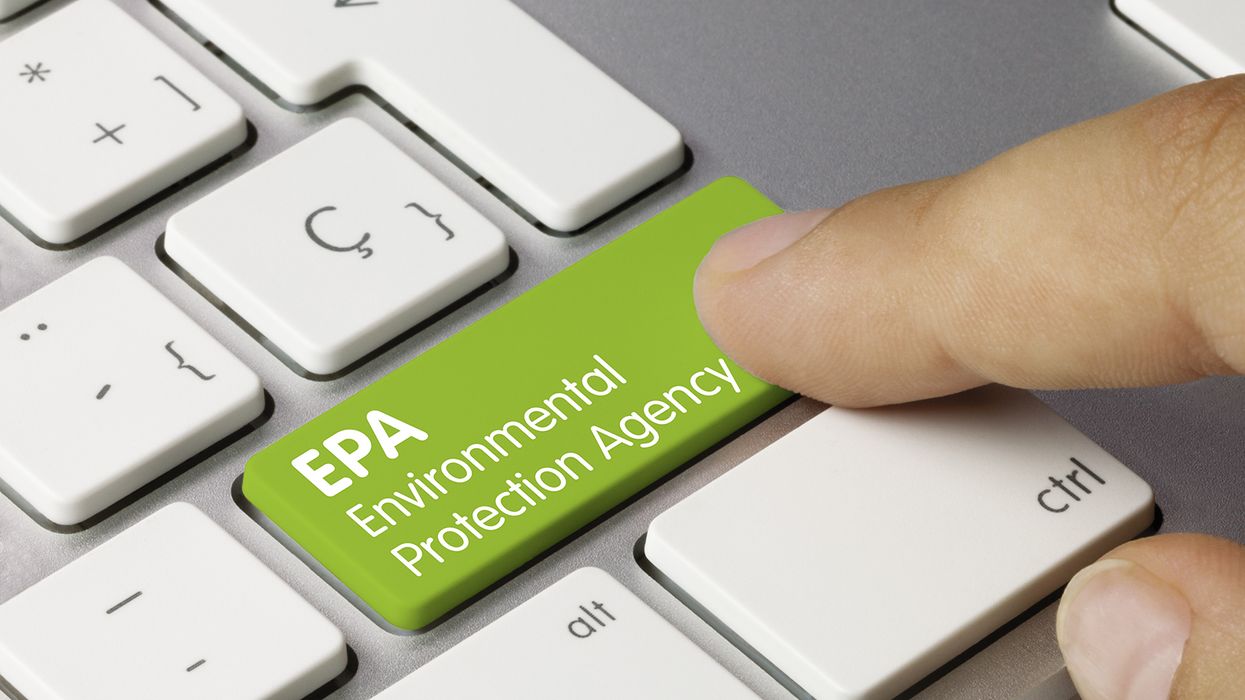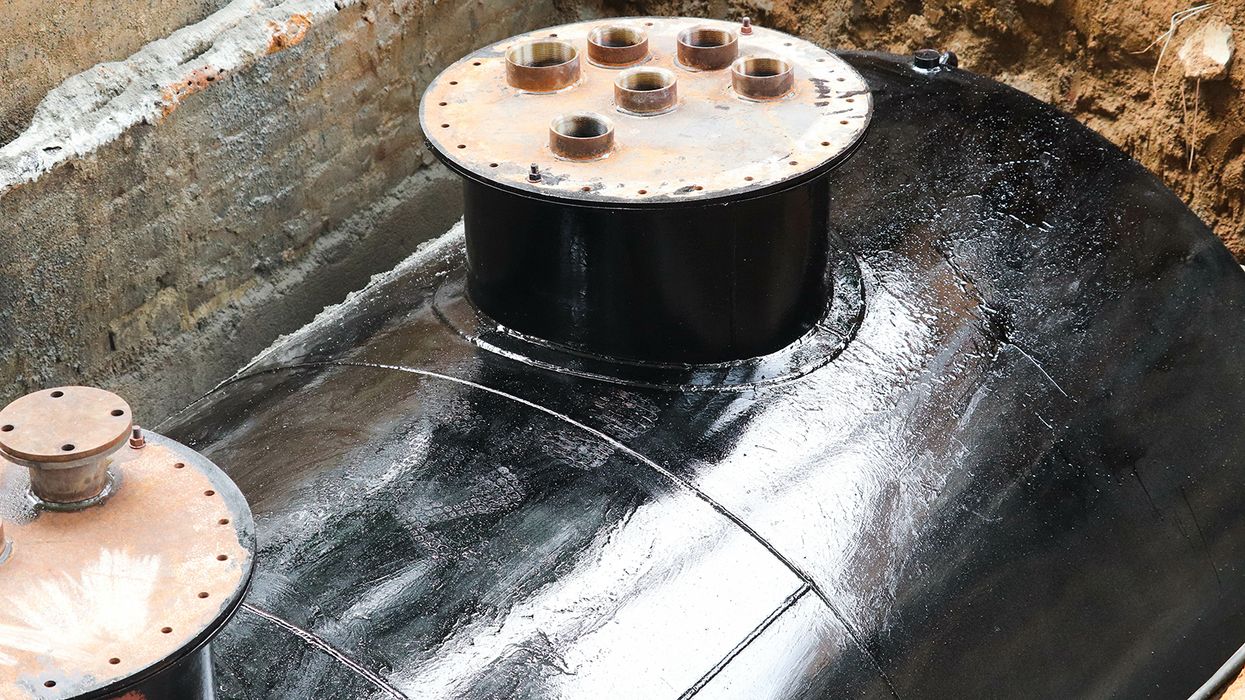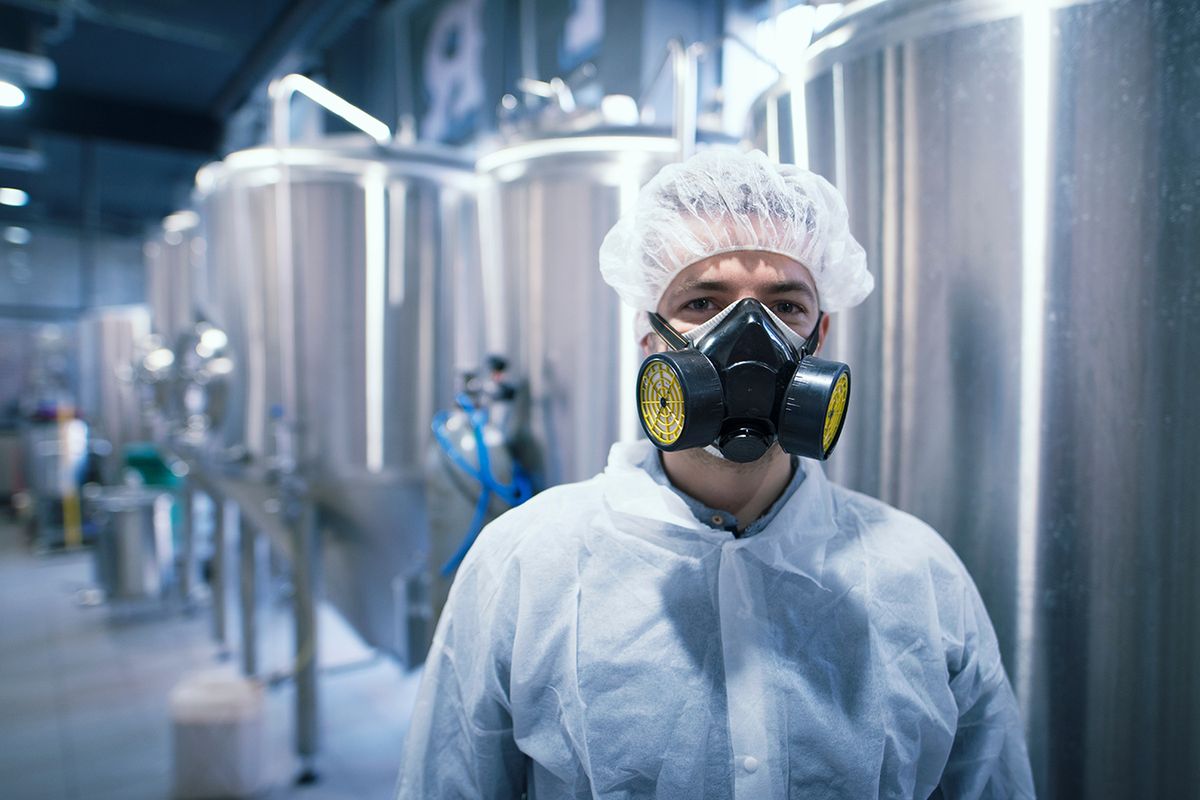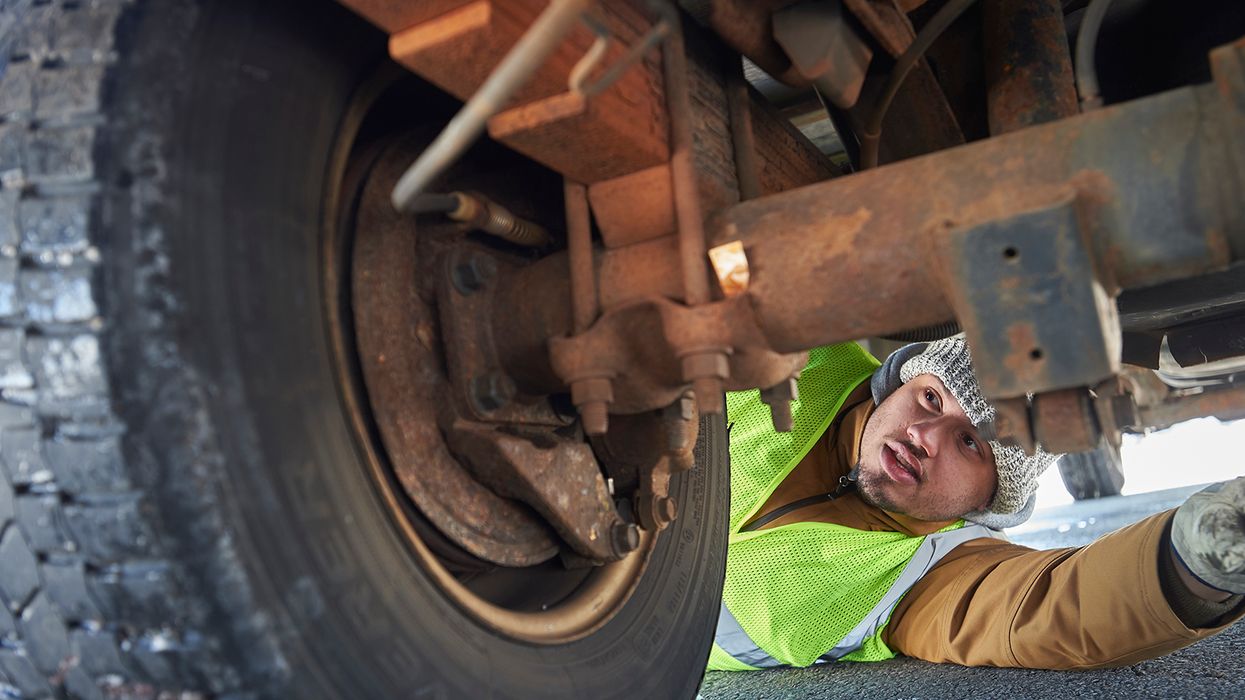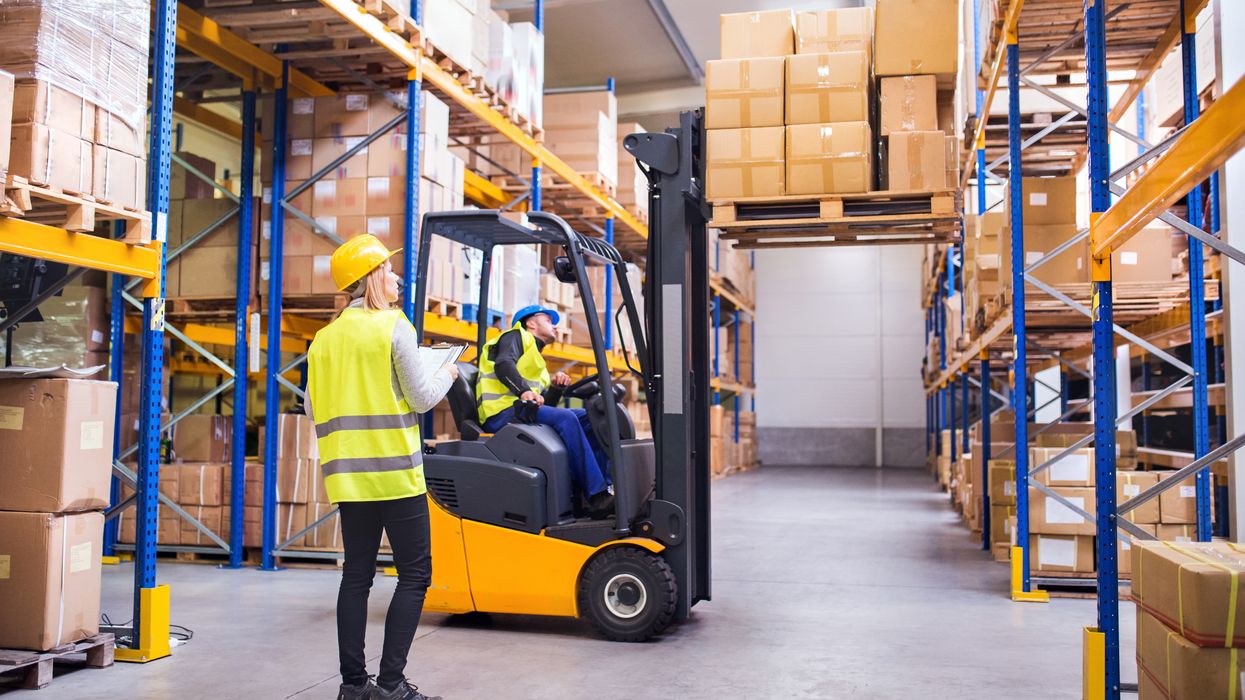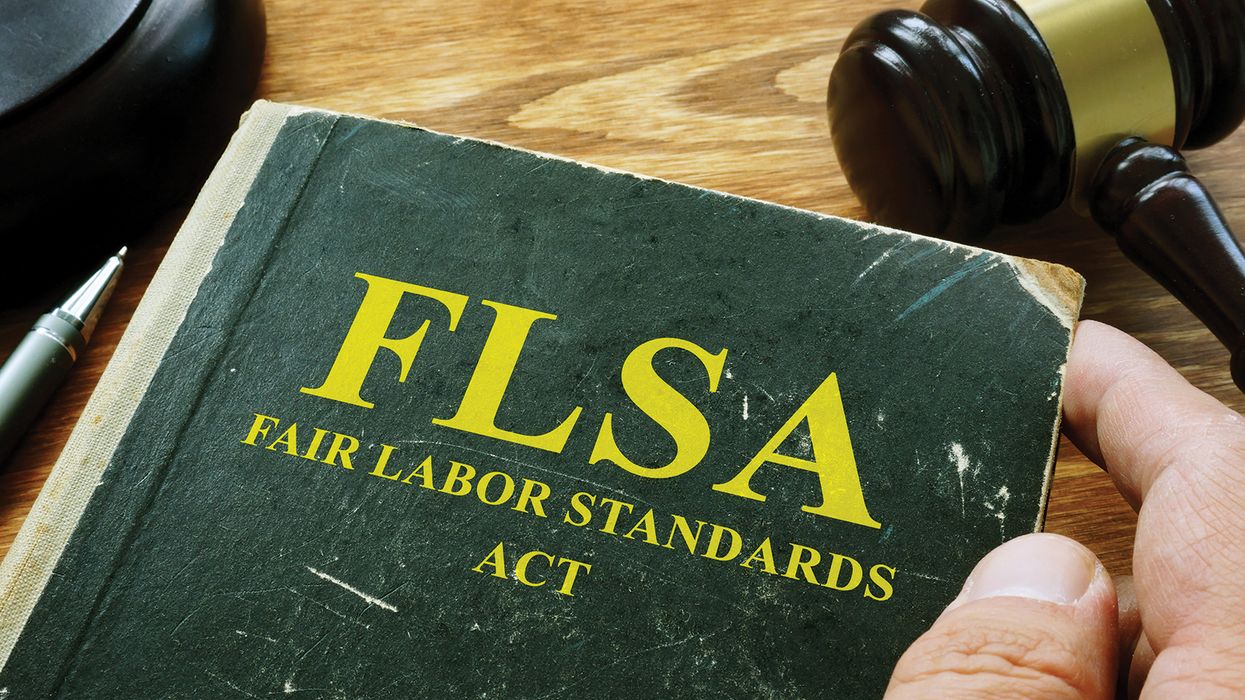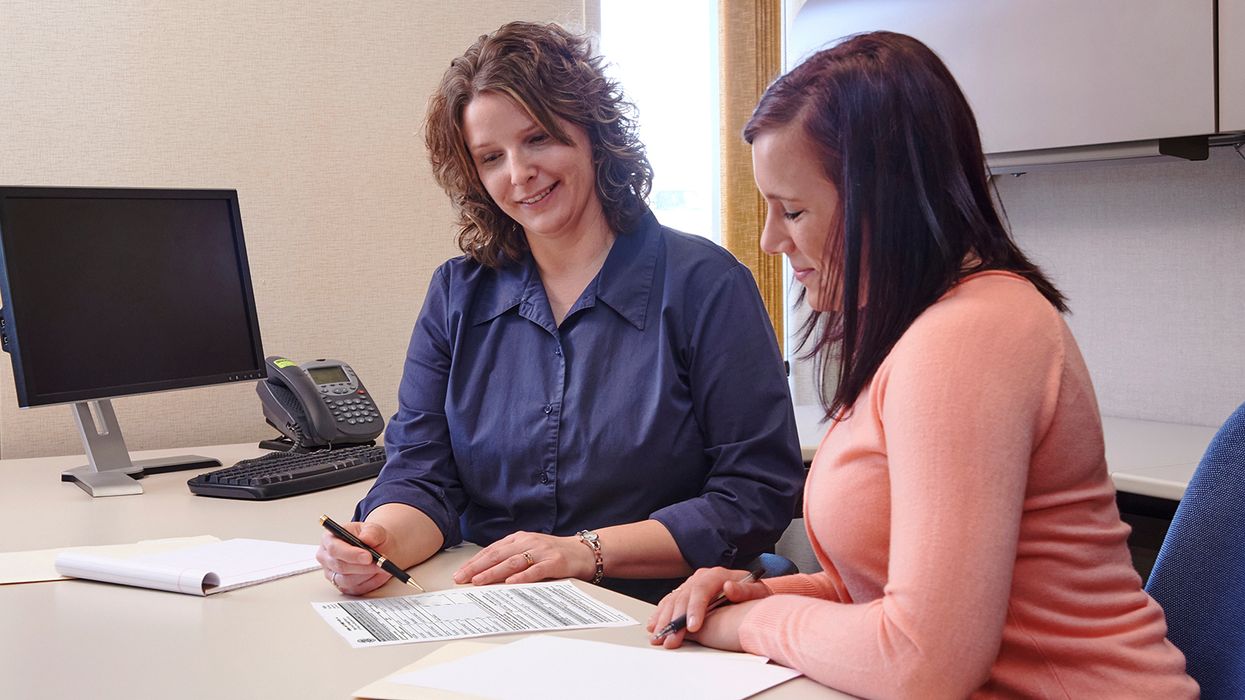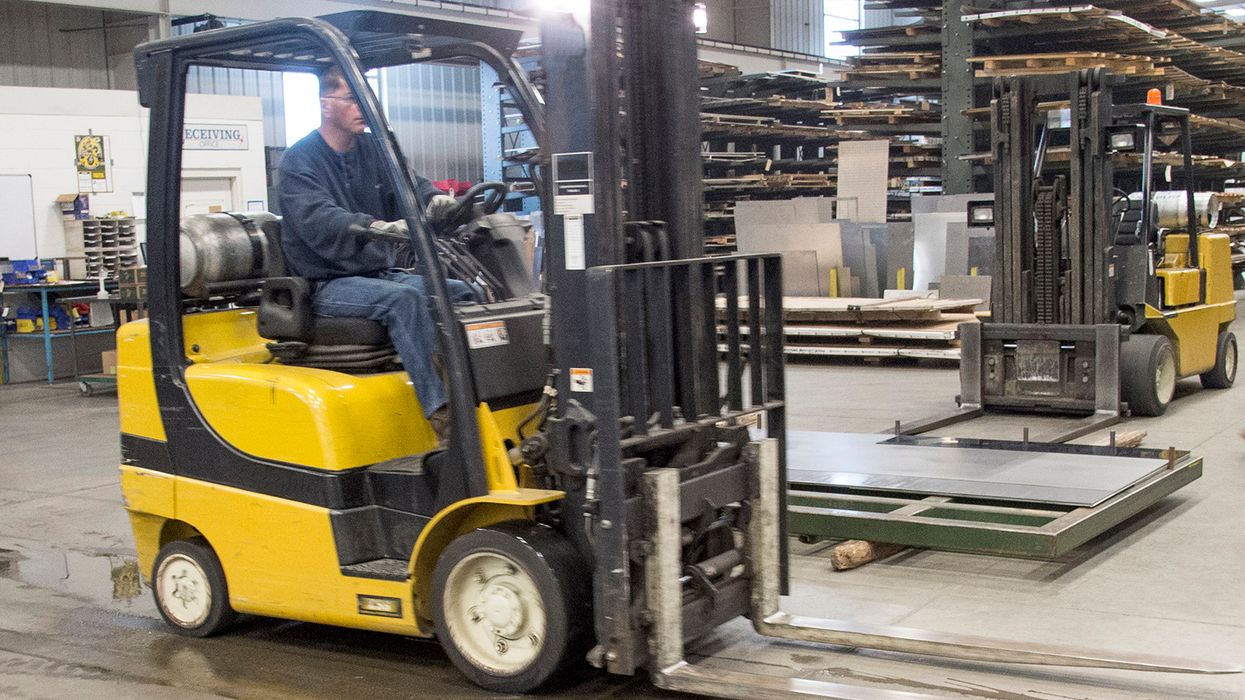You’ve got mold! Now what?
While mold plays an important role in nature by breaking down organic matter such as fallen leaves and downed trees, it’s not something we want to see indoors. Most of the 1,000 mold species found in the U.S. are harmless, but some can cause infections, allergy symptoms, and produce toxins. Anyone who inhales mold can experience adverse health effects, but those at greatest risk are individuals with weakened immune systems, allergies, sinusitis, or asthma and other lung diseases. Mold also affects people who may be exposed through inhalation during work processes and clean-up efforts.
Mold can be found anywhere – indoors or out – and can grow on nearly any substance as long as water, oxygen, and an organic source are present. When excessive moisture or water accumulates indoors, mold growth often will occur, particularly if the moisture problem remains uncorrected. It typically appears as colored, woolly mats, and smells earthy or musty. While it’s impossible to eliminate all molds and mold spores, controlling moisture can control indoor mold growth.
What does OSHA say?
There’s no OSHA regulation specific to mold; however, the General Duty Clause of the OSH Act requires employers to provide safe and healthful workplaces for their employees. If a situation involving mold contamination presents a serious hazard, OSHA could use the General Duty Clause to cite employers.
OSHA says employers should act promptly (within 24-48 hours) when water leaks or spills occur indoors. A prompt response and thorough clean-up, drying, and/or removal of water-damaged materials help prevent or limit mold growth. Any initial water infiltration should be stopped and cleaned within that same time period.
Next steps
- Notify occupants in the affected area(s) of the presence of mold. This should include a description of the remedial measures to be taken and a timetable for completion. Remediation includes the identification and correction of the conditions that caused mold growth, as well as the steps to remove mold-damaged materials safely and effectively. If you opt to hire outside assistance for the cleanup, make sure the contractor has experience with mold remediation.
- Ensure that employees do not eat, drink, or smoke in work areas where decontamination takes place.
- Ensure that working areas are well ventilated.
- Maintain indoor air relative humidity below 60 percent (50 percent where cold surfaces are in contact with room air).
- Reassign personnel that have been affected by mold exposure.
- Remove and discard porous organic materials that are contaminated, such as damp insulation in the ventilation system, moldy ceiling tiles, and mildewed carpets.
- Require employees to wear protective equipment including respiratory, hand, and eye (non-vented goggles) protection, and protective clothing during the mold remediation process.
When is remediation complete?
The underlying cause of water accumulation must be corrected or mold growth will reoccur. OSHA says emphasis should be placed on preventing contamination through proper building and heating, ventilation, and air conditioning (HVAC) system maintenance and prompt repair of water damaged areas. Remediation is complete when:
- The source of the water or moisture problem has been corrected;
- Visible mold, mold-damaged materials, and moldy odors are no longer present;
- Sampling, if conducted, shows that the level and types of mold and mold spores inside the building are similar to those found outside; and
- No signs of moldy or musty odors, water damage, or mold growth are present at the remediation site once work is completed.
Key to Remember: If you’ve got mold, don’t let it sit and become a bigger problem. Prompt action at the source can prevent its growth and spread and reduce the potential for worker health issues.







